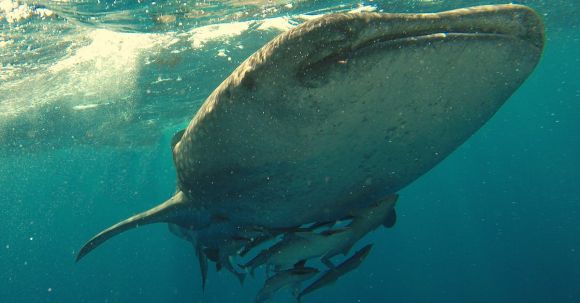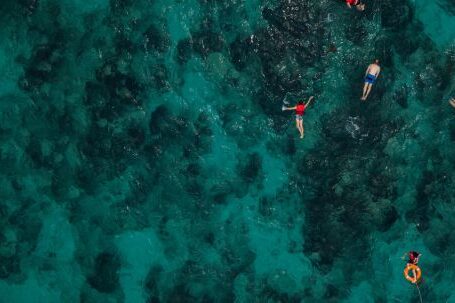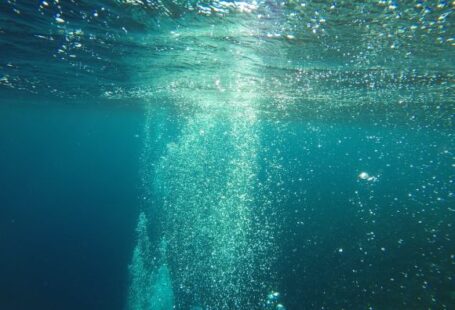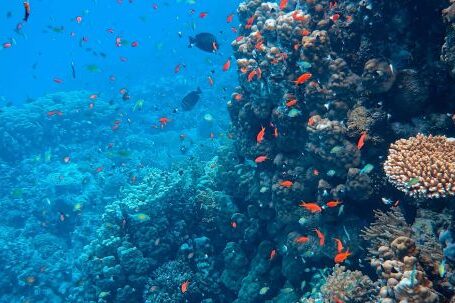Capturing stunning underwater photographs requires more than just a good camera and technical skills. The art of underwater photography lies in creating visually impactful compositions that engage the viewer and convey a sense of wonder. In this article, we will explore some essential techniques to help you master the art of underwater photography composition.
Understanding the Rule of Thirds
The Rule of Thirds is a fundamental principle of composition that applies to both land and underwater photography. Imagine dividing your frame into a grid of nine equal parts using two horizontal and two vertical lines. The Rule of Thirds suggests placing key elements along these lines or at their intersections to create a visually pleasing composition. By applying this principle in underwater photography, you can create balanced and harmonious images that draw the viewer’s eye.
Playing with Depth and Perspective
One of the unique aspects of underwater photography is the opportunity to play with depth and perspective. By incorporating foreground elements such as corals, kelp, or marine life, you can add a sense of depth to your images. Additionally, experimenting with different angles and perspectives can help create dynamic and visually interesting compositions. Don’t be afraid to get low and shoot upwards or experiment with different vantage points to capture the true beauty of the underwater world.
Using Leading Lines
Leading lines are powerful compositional tools that guide the viewer’s eye through an image. Underwater, natural lines such as coral formations, underwater caves, or even the body of a fish can be used as leading lines. By strategically positioning these lines in your frame, you can create a sense of movement and draw attention to your main subject. Leading lines can add depth and visual interest to your underwater photographs.
Utilizing Negative Space
Negative space refers to the area around your main subject. By intentionally leaving empty space in your frame, you can create a sense of simplicity and draw attention to your subject. Underwater photography provides ample opportunities to use negative space, as the vastness of the open ocean or the blue expanse of water can serve as a blank canvas. Experiment with negative space to create minimalist and captivating compositions that leave a lasting impact.
Highlighting Patterns and Textures
Underwater environments are filled with intricate patterns and textures that can make for captivating photographs. Whether it’s the scales of a fish, the intricate details of a coral reef, or the flowing tentacles of a jellyfish, capturing these unique patterns can create visually striking compositions. By getting close and focusing on the details, you can highlight the beauty and intricacy of the underwater world.
Mastering Color and Light
Color and light play a crucial role in underwater photography composition. Due to the way light interacts with water, colors tend to appear differently underwater. Understanding and utilizing color theory can help you create harmonious compositions. By paying attention to the color temperature, contrast, and complementary colors, you can enhance the visual impact of your photographs.
Conclusion: Creating Memorable Underwater Photographs
Mastering the art of underwater photography composition requires practice, patience, and a keen eye for detail. By understanding and applying techniques such as the Rule of Thirds, playing with depth and perspective, using leading lines, utilizing negative space, highlighting patterns and textures, and mastering color and light, you can create visually impactful images that leave a lasting impression. So, grab your camera, dive into the ocean, and start capturing the wonders of the underwater world.





